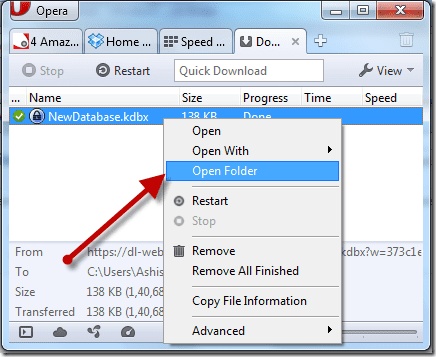alternative music applications have appeared on the App Store to compete against Apple’s own offering. Today, we take a look at Track 8, one of the most unique of these competing music applications and compare it against Apple’s Music app. Let’s start with an quick overview of the native Music app, since most of you are surely already familiar with it.
Apple’s Music App
The native Music app for the iPhone is perhaps one of Apple’s offerings that has gone through the most changes in the past few years. Its interface now is more simple, elegant and abound with both important features and nice little details as well. Aluminum sliders that shine differently as you change the angle of your iPhone, the ability to view all the songs of an album and to rate them with just a tap are but a few of these unique features. The Music app is also rich in options, allowing you for example, to create traditional or Genius playlists, manage your existing ones, look up song information, sort the way you view your media in a variety of ways and more. Honestly speaking, despite its design overhaul, the native Music app has not changed that much. Not that it needs to of course, since it gets the job done quite well. Still, its static nature begs for some novelty, which is what makes our next app so interesting.
Track 8
Without a doubt, the most standout feature of Track 8 (universal, $1.99) is its look, which perfectly emulates the flat, minimal look of the music player on Windows 8 phones. Known simply as the Metro UI, the Windows phone OS design language has become popular thanks to its flat style that shows important information as flat tiles and cues hanging from the edge of the screen. Track 8 brings this design to the iPhone flawlessly, allowing you to access your History and your Most Played tracks and albums right from the main screen with just a couple of swipes. As for menus, you only get four of them: Songs, artists, albums and playlists. These are enough if you want to navigate through your music but not so much if you are used to other features like Genius Playlists or if you like to sort your music by Compilations or Composers for example. On the plus side, almost everything is easier to navigate thanks to the clean, large fonts and to the ability to use tiles to scroll through either albums, songs or artists. Besides those, Track 8 also has some neat features, like the ability to also use a dark theme on the app. Additionally, Track 8 will also download artists wallpapers to use as a background (you can tell the app to download these only while on Wi-Fi). Basic playback features are also there, so you will be able to loop tracks or randomize your playlists if you want. On top of that, you have the ability to share what you are listening to through various social networks, such as Facebook or Twitter. Cool Tip: You can also control playback by tapping and swiping on the album cover while a song is playing.
Final Thoughts
At the end of the day, both Track 8 and the native Music app perform great when it comes to music playback, so it is the design of both and the features that each offers what will weigh more when choosing your default mobile music player. As for me, I am happy to have an app like Track 8 that provides a fresh, more visual take on music playback while at the same time remaining familiar enough. The above article may contain affiliate links which help support Guiding Tech. However, it does not affect our editorial integrity. The content remains unbiased and authentic.


























